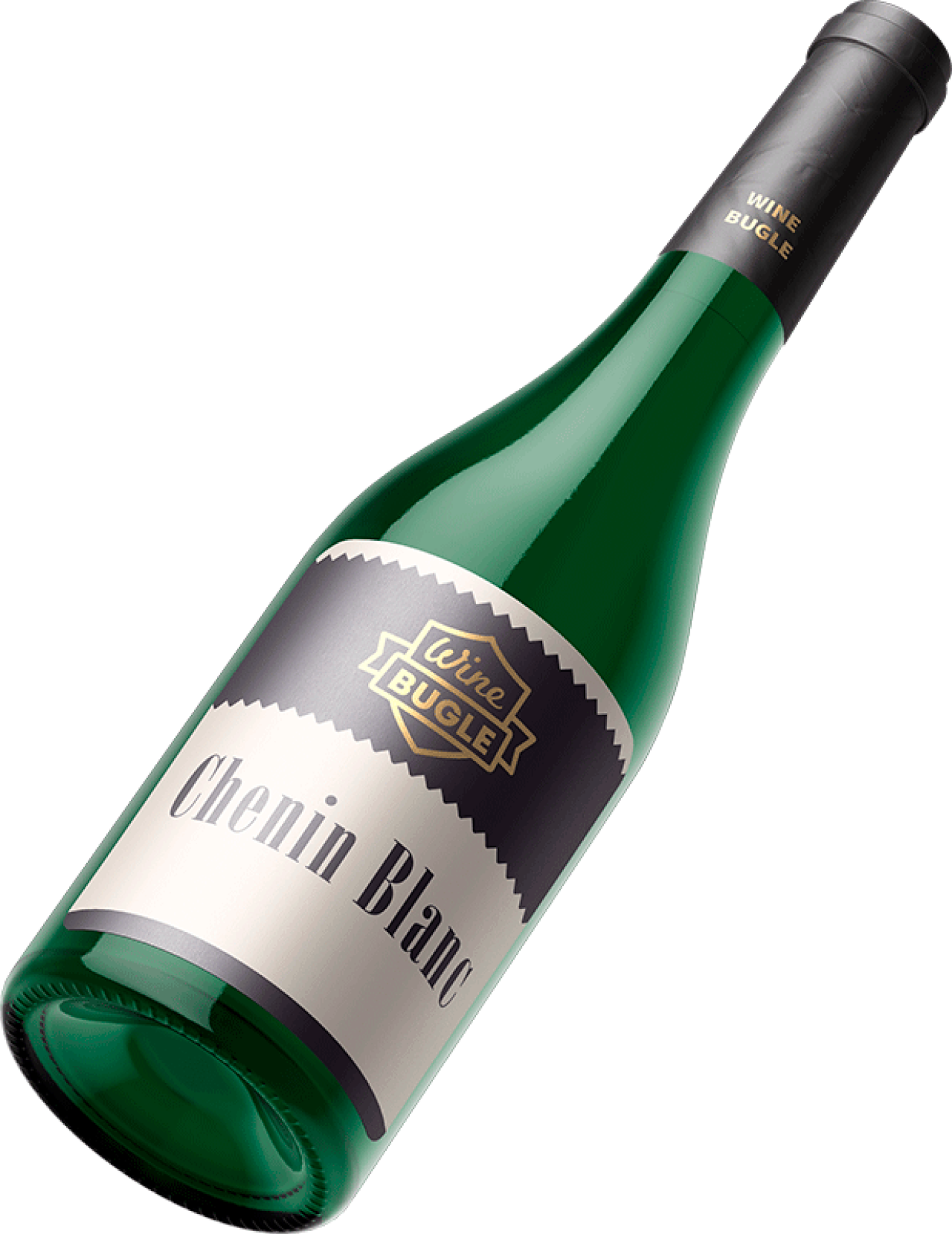Origins
Chenin Blanc is a white grape variety originating from the Loire Valley in France. It can be considered a native French grape, as it was already in use in the 9th century. Known as "plant d'Anjou" it then adopted the name of Chenin Blanc because it was studied and cultivated in the Mont-Chenin monastery.
It is known for adapting to a variety of climatic conditions like a chameleon, capable of skilfully expressing the terroir but it is greatly influenced by vineyard yields. Some wines can age for decades, thanks to high levels of acidity and significant sugar residues.
Where it is grown
The Loire Valley is the elective homeland of Chenin Blanc, where it produces a wide variety of wines of different styles, including the structured and intense Savennieres, the sweet Coteaux du Layon, Bonnezeaux, and Quarts du Chaume, and the very elegant Vouvray and Montluis-sur-Loire.
However, most of Chenin Blanc is grown in South Africa, where it is known by the name of Steen and it’s spread especially in the Stellenbosch wine region. Currently, the territories planted with this grape reach about 20,000 hectares in South Africa against almost 10,000 in France.
The grape is also cultivated in Australia in the Western Valley, near Perth and in California in the Napa Valley. Unfortunately, in some cases, in these countries, production is very intense and the wines tend to lose that incredible sapidity-minerality typical of the Loire wines.
Flavor and styles
Chenin Blanc typically produces fresh, medium-bodied, moderately alcoholic wines with medium-high acidity, both sweet and sparkling. The main characteristic of Chenin Blanc certainly is acidity, a quality that strongly contributes to the balance of sweet wines. Chenin Blanc wines usually have a medium-high alcohol content, and a high structure, to be considered among the most robust in white wines, but only if the yields are very low. The alcohol and, in particular, the sweetness in sweet and botrytized wines help to balance the high acidity.
The wines produced with Chenin blanc are very fragrant, but their aromatic characteristics are strongly affected by the climate.
Wines produced in cool climate areas produce aromas of green apple, lemon, citrus, and acacia.
In warm climate regions, the wines reveal aromas of ripe apple, honey, peach, quince, apricot, melon, and gooseberry.
Sweet wines produced with grapes affected by Botrytis are characterized by aromas of raisins, marzipan, quince jam, honey, and sweet spices.
Chenin Blanc food pairings
The Chenin Blancs from the Loire, not aged in wood, are fresh and mineral wines that go perfectly with salads, goat cheese, chicken, and spicy exotic cuisine, especially if the wine has a small touch of residual sugar or if it is a white from Anjou, generally richer and fatter.
Chenin Blancs sparkling wines pair well with ham, pretzels, brie cheese, truffle risotto, and scallops.
South African or wood-aged Chenin Blancs pair well with more sophisticated dishes such as grilled lobster, pork, chicken curry, and exotic fruits.
Semi-sweet or sweet Chenin Blancs are perfect with blue cheeses, glazed duck, and apple pie or banana split.
We have plenty more Chenin Blanc food pairing ideas for you.
